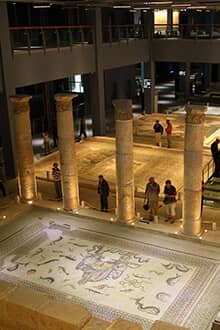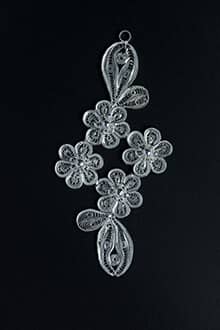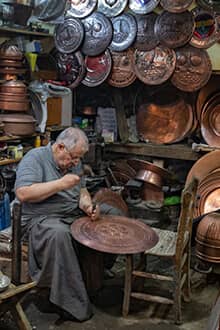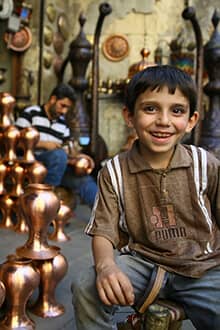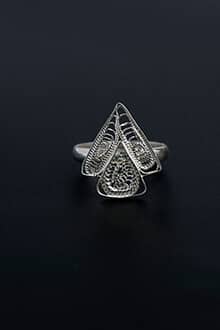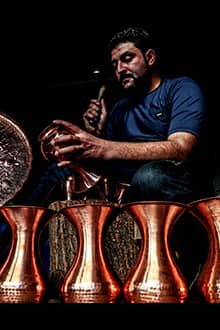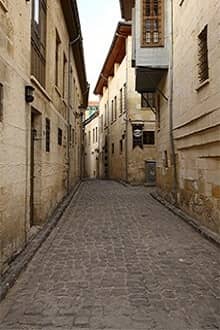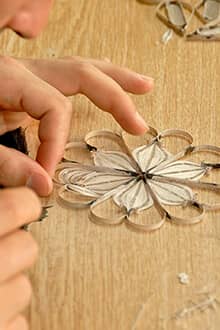

touch
Mesopotamia Türkiye
Euphrates River
The Euphrates River, as well as the neighbouring Tigris River, played an essential role in the development of the civilizations that started in Mesopotamia and marked the beginning of history.
Sumer, Assyria, Babylon gave way to Persia and to the different dynasties that ruled there. Probably none of this would have been possible without the fertilization of those lands that was caused (and still is) by these rivers.
With a length of 2800 km, the Euphrates is the longest river in Western Asia, crossing Iraq, Syria, and Türkiye, but its river basin extends to other countries, such as Saudi Arabia and Iran.
On its banks are some of the oldest cities of the region and a traveller will surely come across its winding waters several times.
The river collects most of its water from rainfall and the defrost that happens at the end of each winter, reaching maximum flow in April and May.
Tigris River
The Tigris River is born in Türkiye and crosses into Iraqi territory, where it merges with the Euphrates and spills into the Persian Gulf in Şattülarap. It runs from Türkiye to Iraq and Syria, has revived many civilizations throughout history.
The river receives its main resources from the mountains of the Eastern Anatolia and the Hazar Lake. The length of the river on Turkish territory is 523 km. It passes through the cities of Diyarbakır, Batman, Mardin and Şırnak in Southeastern Anatolia.
The Tigris is one of the rivers that made up the old Mesopotamia border. Its length is shorter than the Euphrates, but its water is more than the Euphrates.
It is understood from the historical ruins that these rivers are much utilized in terms of transportation.
The waters of the Tigris River diminish towards the end of summer. In April, with the melting of the snow, the waters multiply, reaching the highest level.
Halil ur-Rahman Lake (Balıklıgöl)
One of the most interesting places in Şanlıurfa is, without any doubt, the Halil ur-Rahman Lake, also known as Balıklıgöl. Within the Balıklıgöl complex, there are the Halil-ur Rahman (Halil-ur Rahman Gölü) and the Ayn Zeliha lakes (Ayn Zeliha Gölü), canals connecting these two lakes, historical mosques and madrasas. Balıklıgöl is Şanlıurfa’s coolest, greenest and biggest oasis in the region. It also has a mystical and spiritual atmosphere. The fish in the Halil-ur Rahman Lake are considered sacred, respected by the people and are not caught. According to a story, Prophet Abraham’s mother had to hide in a cave near the lake to give birth to him. When Prophet Abraham started to teach the monotheistic faith, he entered into a tough struggle with Nimrod and the pagans in the temple, Nimrod wanted to burn him on a large pile of wood as an exemplary punishment. The moment Prophet Abraham was set on fire, the fire turned into a clear pool. The burning wood turned into fish. This is why we call this lake Balıklıgöl (The Lake with Fish) today, and why the fish are considered sacred.
The End of the World: Birkleyn Cave
When the Assyrian King Tiglath-Pileser I and his army reached the Birkleyn Cave or Tigris Tunnel, 80 km north of Diyarbakır, during the Northern Mesopotamia Campaign he declared that he had reached the “End of the World.” Rock reliefs and cuneiform inscriptions are craved into the walls of the Tigris Tunnel. Are you not intrigued by the “End of the World” and the possib liity to witness written records from 3,000 years ago?
Traditional Handcrafts Center
There are few places where the natural resources of Mesopotamia meet with human ingenuity - one of these places is the Traditional Handcrafts Center in Şanlıurfa. Here you will see samples of handcrafts such as wood whittling, silk weaving, felting, filigree, mosaics, fur farming, kazazlık (silk spinning), and carpet and rug weaving. You will have the chance to learn about these crafts, touch samples, and listen to their stories from local masters – and drink tea or coffee as well!

